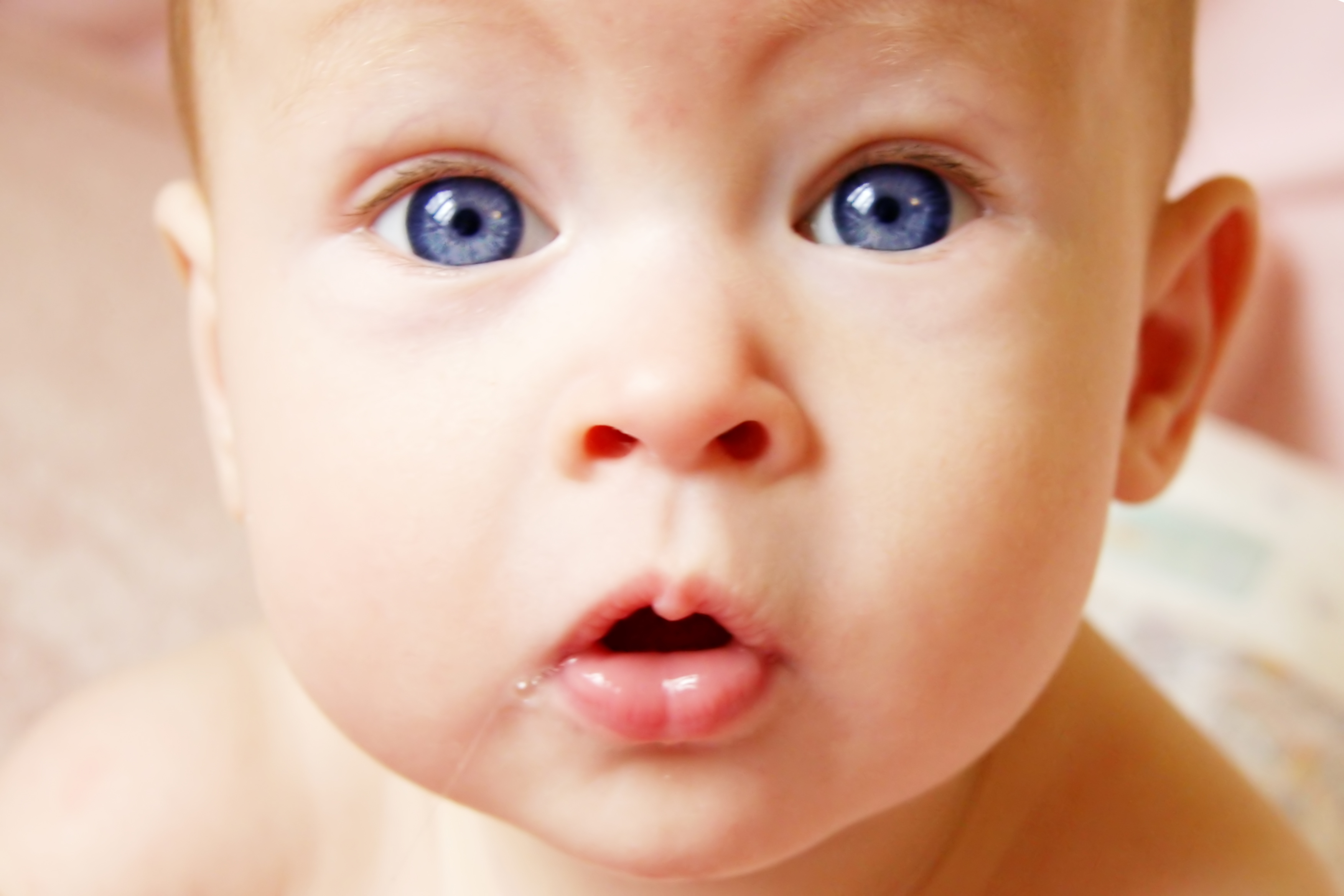 Source: bing.com
Source: bing.comTable of Contents
Introduction
One of the most exciting things about having a baby is watching them develop and grow. As parents, we often wonder what our baby will look like and when we can expect them to start developing certain features. One of the questions many parents have is when do babies’ eyes develop color. In this article, we will explore the answer to this question and provide some helpful information for new parents.
When Do Babies Eyes Develop Colour?
Babies are born with underdeveloped eyesight, which means that they can’t see as clearly as adults can. Additionally, their eyes are not fully formed, and they take time to develop. One of the things that take time to develop is the color of their eyes. Most babies are born with blue or gray eyes because the iris, which is the part of the eye that determines eye color, has not yet developed enough pigment.The development of eye color in babies is a complex process that can take several months to complete. The color of a baby’s eyes is determined by the amount and type of pigment in the iris, which is the colored part of the eye. This pigment is produced by cells called melanocytes. When a baby is born, their melanocytes are not fully developed, which is why their eyes appear blue or gray.Over time, as the melanocytes develop, they begin to produce more pigment, which can change the color of the baby’s eyes. The amount and type of pigment produced by the melanocytes are determined by genetics. This means that the color of a baby’s eyes is determined by the eye color of their parents.By the time a baby is about six months old, their eyes should have developed their permanent color. However, it is not uncommon for a baby’s eye color to continue to change even after six months. In some cases, a baby’s eyes may not reach their permanent color until they are three years old.
Factors That Affect Eye Color
As mentioned earlier, genetics play a significant role in determining a baby’s eye color. However, there are other factors that can affect eye color, including:
Ethnicity
Different ethnicities have different eye color tendencies. For example, people of African, Asian, and Hispanic descent are more likely to have brown eyes than people of European descent.
Lighting
The lighting in which a baby is viewed can affect the appearance of their eye color. For example, a baby’s eyes may appear darker in low light conditions.
Health
Certain health conditions can affect eye color. For example, a condition called ocular albinism can cause a person’s eyes to appear blue or gray.
Frequently Asked Questions
Q: Can a baby’s eye color change after six months?
A: Yes, it is possible for a baby’s eye color to continue to change after six months. In some cases, a baby’s eyes may not reach their permanent color until they are three years old.
Q: Can two blue-eyed parents have a brown-eyed baby?
A: Yes, it is possible for two blue-eyed parents to have a brown-eyed baby. Eye color is determined by multiple genes, so it is possible for a child to inherit different eye color genes from each parent.
Q: Why do babies have blue or gray eyes when they are born?
A: Babies have blue or gray eyes when they are born because the melanocytes, the cells that produce pigment in the iris, are not fully developed.
Q: Can the color of a baby’s eyes be predicted?
A: The color of a baby’s eyes can be predicted to some extent based on the eye color of their parents and grandparents. However, there are many factors that can affect eye color, so it is not always possible to predict with certainty.
Q: Is there anything that can be done to change a baby’s eye color?
A: No, there is nothing that can be done to change a baby’s eye color. Eye color is determined by genetics and cannot be changed through any external means.
Conclusion
In conclusion, babies’ eyes develop color over time as their melanocytes develop and produce more pigment. This process can take several months to complete, and a baby’s eye color may continue to change even after six months. While genetics play a significant role in determining eye color, other factors such as ethnicity, lighting, and health can also affect the appearance of the eyes. As parents, it is essential to remember that every baby is unique and that there is nothing that can be done to change a baby’s eye color.So, new parents, don’t worry if your baby’s eyes don’t have their permanent color yet. It will come in time, and in the meantime, enjoy watching your little one grow and develop into their own unique person.
